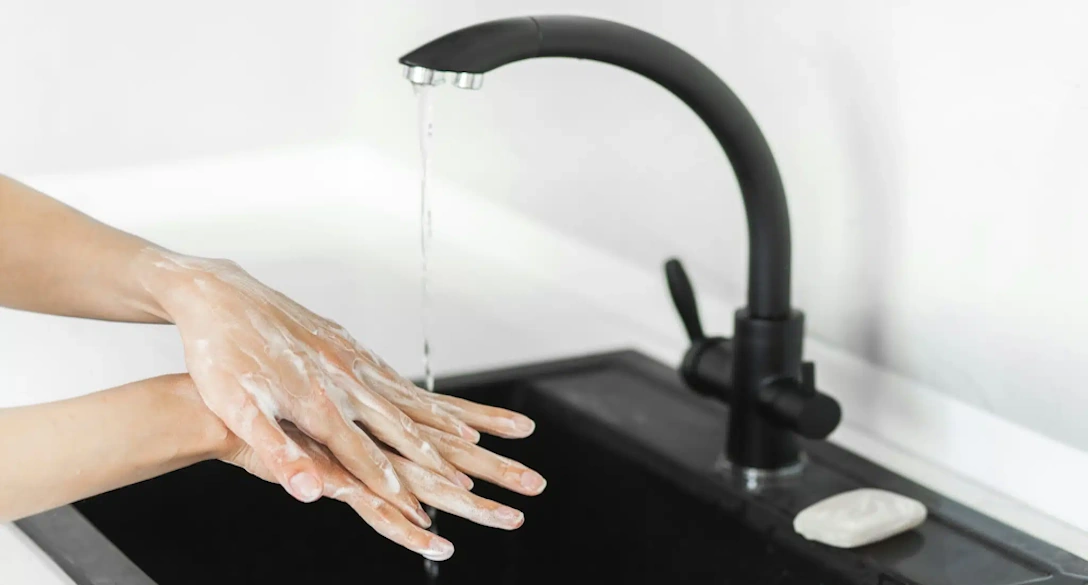How intimate partner violence affects children’s health
- Written by Stephanie Brown, Senior Principal Research Fellow, Murdoch Children's Research Institute
Childhood should be a happy and carefree time, but often it doesn’t work out that way. Children are exposed to all the stresses and strains that affect the families and communities in which they grow up. Recent research shows this can have lifelong implications for health.
In a study conducted by our research group at the Murdoch Children’s Research Institute, we found one in three children (and their mothers) in the study had experienced intimate partner violence or domestic abuse by the time the children in the study turned ten.
Findings from the same study, published today in the British Medical Journal’s Archives of Childhood Disorders, show children exposed to intimate partner violence by age ten are two to three times more likely to have a psychiatric diagnosis and/or emotional and behavioural difficulties.
And it isn’t just children’s mental health affected, but their physical health and development too. We found children exposed to intimate partner violence were also two to three times more likely to have impaired language skills, sleep problems, elevated blood pressure and asthma.
Mothers in the study completed questionnaires three, six and 12 months after giving birth, and in the fourth and tenth years after having their first child.
At age ten, we studied a smaller group of the children via face-to-face activities designed to assess their cognitive and language development. We also interviewed mothers to assess their child’s mental health.
How can services and schools help?
Our findings have important implications for policy. Up to half of all children in our study who had language difficulties and mental and physical health problems had been exposed to intimate partner violence before age ten.
The findings highlight the need for health services and schools to be very attentive to the role intimate partner violence might be playing in children’s health, behaviour and language development.
If child health services and schools don’t recognise and respond to intimate partner violence, interventions to support children with health and developmental problems are likely to be less effective.
Given one in three families are affected, and an even higher proportion of children experience health and language difficulties, this shouldn’t be something health services and schools put in the “too hard basket”.
Mothers’ and children’s health are linked
Our research highlights the extent to which the health and well-being of mothers and their children are inextricably linked. In our paper published in BMJ Open earlier this year, we showed mothers who had experienced intimate partner violence in the ten years after the birth of their first child were three to five times more likely to experience anxiety, depression and post-traumatic stress (PTSD) symptoms. And they were around twice as likely to experience back pain and incontinence.
 The health of mothers and their children are tightly connected.
Shutterstock
The health of mothers and their children are tightly connected.
Shutterstock
This extra burden of ill health experienced by both women and children exposed to intimate partner violence compounds other social and economic challenges women face in trying to achieve safety for themselves and their children. It’s critical women and children in need of support to heal and recover from the impact of intimate partner violence are able to access affordable and culturally appropriate health care.
Studies consistently show there are many barriers women have to overcome, including shame, fear of judgement, and cost and availability of health care and other support services in regional communities. For women whose first language isn’t English, and Aboriginal women, there are extra cultural, language and systems-level barriers. Systems-level barriers include the persistence of cultural stereotypes, limited availability of language services, and experiences of discrimination when seeking care and support.
Read more: Tackling economic abuse of women must be part of our domestic violence response
Achieving the best possible outcomes
While the type and severity of adversity may overwhelm some children, there’s evidence individual skills (such as the ability to regulate emotions), relationships with extended family, and supportive school environments that foster a sense of belonging do support children’s resilience.
Communities, schools and health services all have important roles to play in fostering children’s resilience and supporting mothers to access care for their children when needed.
Read more: Acting on family violence: how the health system can step up
Anyone at risk of family and domestic violence and/or sexual assault can seek help 24 hours a day, seven days a week, either online or by calling 1800 RESPECT (1800 737 732). Information is also available in 28 languages other than English.
If this article has raised issues for you or if you’re concerned about someone you know, call Lifeline on 13 11 14 or beyondblue on 1300 22 4636.
Authors: Stephanie Brown, Senior Principal Research Fellow, Murdoch Children's Research Institute
Read more https://theconversation.com/how-intimate-partner-violence-affects-childrens-health-159132



















